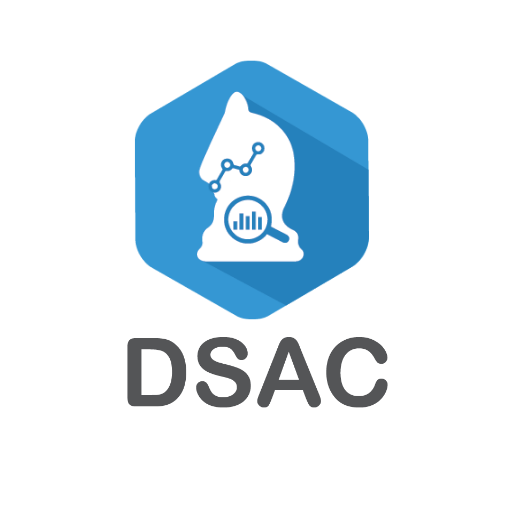Speech and Language Processing
Description
Speech and Language Processing is a field of study that focuses on the development of algorithms and technologies for the analysis, synthesis, and understanding of spoken and written language. This includes areas such as speech recognition, natural language understanding, text-to-speech synthesis, and language translation. The goal of this field is to enable machines to understand and communicate with humans in a more natural and intuitive way. It is a rapidly growing area of research and has a wide range of applications in areas such as artificial intelligence, human-computer interaction, and education.
What will you learn
-
Learners should be able to ● understand approaches to syntax, semantics in NLP and understand approaches to discourse, generation, dialogue and summarization within NLP. ● apply machine learning techniques used in NLP, including hidden Markov models and probabilistic context-free grammars, clustering and unsupervised methods, log-linear and discriminative models, and the EM algorithm as applied within NLP. ● analyze different aspects of language processing to design a business application. ● evaluate NLP algorithms to analyze the performance ● conduct lab experiments to get practical exposure in solving NLP tasks.
Requirements
- Basic coding Knowledge -
- Python
- Cloud
- Machine Learning
- Data Science
Lessons
- 61 Lessons
- 08:58:03 Hours
- Syllabus
- Introduction and Outline00:10:41
- Introduction00:03:41
- Basic Definitions for NLP00:05:02
- What is a Vector?00:10:42
- Bag of Words00:02:33
- Count Vectorizer Theory00:13:46
- Tokenization00:14:46
- Stopwords00:04:52
- Stemming and Lemmatization00:12:04
- Count Vectorizer Code00:15:44
- Vector Similarity00:11:36
- TF IDF Theory00:14:17
- Word to Index Mapping00:10:55
- How to Build TF IDF From Scratch?00:15:09
- Neural Word Embeddings00:10:16
- Neural Word Embeddings Demo00:11:26
- Summary00:03:51
- Probabilistic Models Introduction00:04:47
- Markov Models Section Introduction00:02:43
- The Markov Property00:07:35
- The Markov Model00:12:31
- Probability Smoothing and Log Probabilities00:07:51
- Building a Text Classifier Theory00:07:30
- Building a Text Classifier Exercise Prompt00:06:34
- Building a Text Classifier Code pt 100:10:33
- Building a Text Classifier Code pt 200:12:07
- Language Model Theory00:10:16
- Language Model Exercise Prompt00:06:53
- Language Model Code pt 100:10:46
- Language Model Code pt 200:09:26
- Problem Description00:07:56
- N Gram Approach00:04:25
- Exercise Prompt00:05:46
- Article Spinner in Python - pt 100:17:33
- Article Spinner in Python pt 200:10:01
- Introduction00:04:51
- What is Ciphers?00:04:00
- Language Models Review00:16:07
- Genetic Algorithms00:21:24
- Code Preparation00:04:47
- Code pt 100:03:07
- Code pt 200:07:21
- Code pt 300:04:53
- Code pt 400:04:04
- Code pt 500:07:13
- Code pt 600:05:26
- Machine Learning Models00:04:41
- Spam Detection00:06:33
- Naive Bayes Intuition00:11:38
- Spam Detection - Exercise00:02:08
- Aside Class Imbalance, ROC, AUC, and F1 Score - pt 100:12:26
- Aside Class Imbalance, ROC, AUC, and F1 Score - pt 200:11:03
- Spam Detection in Python00:16:24
- Sentiment Analysis Problem00:07:28
- Logistic Regression Intuition pt 100:17:37
- Multiclass Logistic Regression pt 200:06:53
- Logistic Regression Training and Interpretation pt 300:08:16
- Sentiment Analysis - Exercise00:04:01
- Sentiment Analysis in Python pt 100:10:39
- Sentiment Analysis in Python pt 200:08:29
About instructor
